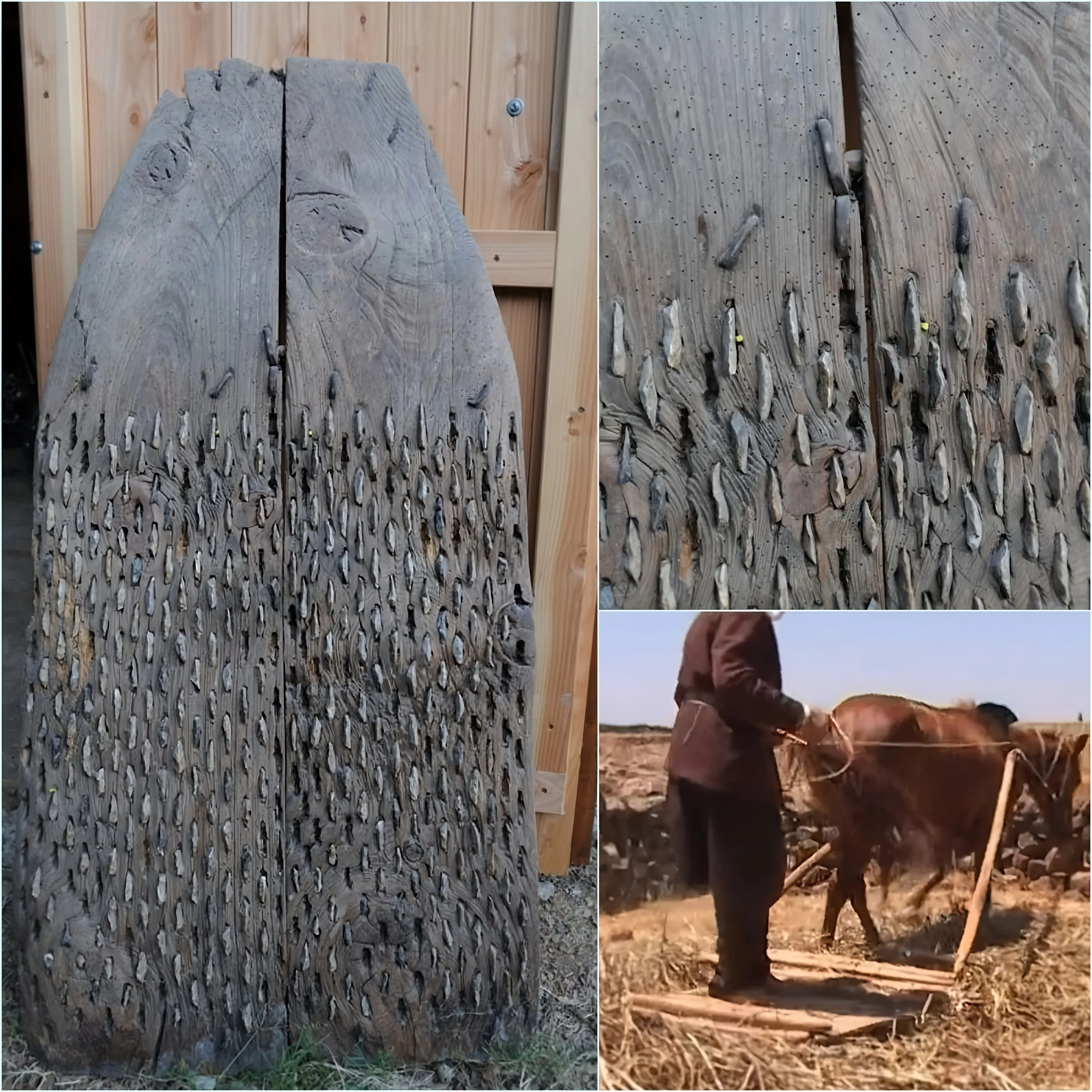Through advanced analytical methods, researchers have made a groundbreaking discovery regarding the use of threshing sledges in ancient Greece. Contrary to previous beliefs, evidence now suggests that these agricultural tools were utilized as early as 6500 BCE, which is significantly earlier than previously documented, pushing back their known use by approximately 3,000 years.

An international team of researchers, supported by funding from the European Union, Italy, and Spain, conducted the study. Collaborators from institutions such as the Spanish National Research Council (CSIC) and Aristotle University of Thessaloniki contributed to the findings, which have been detailed in the latest issue of the Journal of Archaeological Science: Reports.
The threshing sledge, known historically as the “tribulum” in Roman times, played a crucial role in separating grain from straw, thereby revolutionizing grain processing efficiency. While it was once thought that the adoption of the threshing sledge coincided with the emergence of early states, this new research challenges that timeline. It indicates that this technology was in use long before the formation of complex societies, highlighting its importance and widespread application across Mediterranean regions from Turkey to Spain until recent decades.





